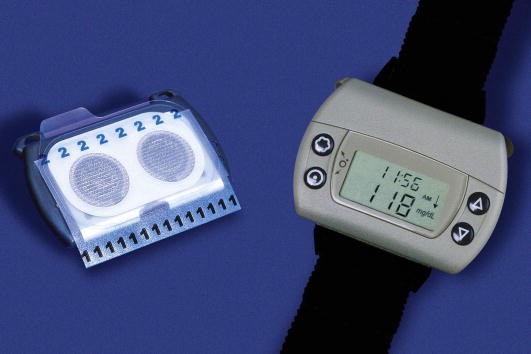
Combating the effects of low blood sugar may be easier with a simple press of a nasal spray.
A new clinical trial has pointed out the benefits of using nasal spray in delivering glucagon to persons who are prone to hypoglycemia, or a condition where the sugar levels are abnormally low, especially diabetes patients.
According to American Diabetes Association, at least 9% of the US population or around 29 million Americans were living with diabetes in 2012. However, over 8 million still remained undiagnosed.
Diabetes, a metabolic condition, is characterized by abnormal production of insulin, a hormone produced by the pancreas and regulates sugar in the blood. A person with diabetes either doesn't produce or creates too much insulin. Over time, the disease can get complicated leading to nerve damage and kidney disease.
The abnormal insulin production also makes the diabetes sufferers susceptible to hypoglycemia, wherein the blood sugar can drop below 70mg/dl. In many cases, this can be easily corrected by taking in something sweet such as a can of soda or a candy. Nevertheless, many go through severe bouts where the best option is glucagon, a peptide hormone that increases insulin in the bloodstream.
The FDA-approved glucagon is unstable, so to make it last longer, it's converted into powder form. It is then dissolved into water, added to a syringe, and injected into the muscles during a hypoglycemic attack.
Using nasal spray therefore can provide convenience and fast rescue care during a low sugar crisis, which may involve impaired vision, anxiety, seizures, and unconsciousness.
To test the effectiveness, the researchers tested the nasal spray on 75 patients with type 1 diabetes who were treated in more than five US clinics. The participants experienced induced hypoglycemia two times, once to test the nasal spray and the other injection.
Based on the results, both are just as effective with nasal spray having 99% success rate as opposed to 100% of injection. Although injection increases insulin faster at 13 minutes compared to 16 minutes of nasal spray, the latter is easier to provide, completing the rescue care in around 20 seconds. Injection may take at least two minutes to apply.
Some experts, however, expressed concern over the time it takes for nasal glucagon to take effect. They also would have liked the researchers to conduct the test on elderly who are most at risk of severe hypoglycemia.

